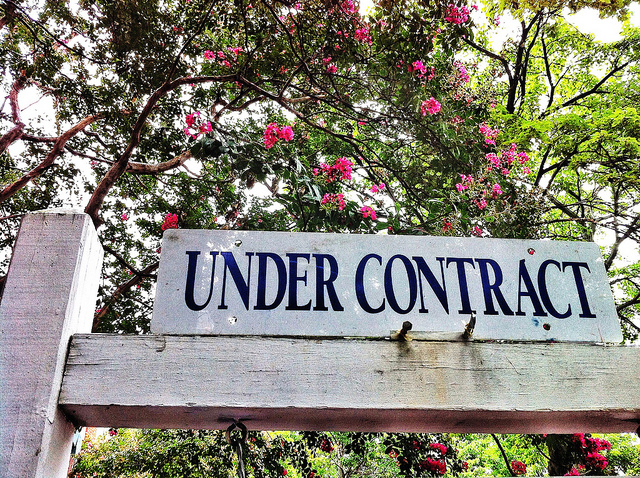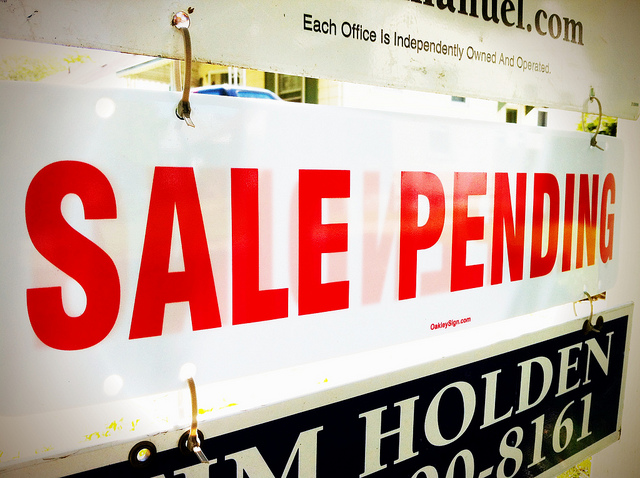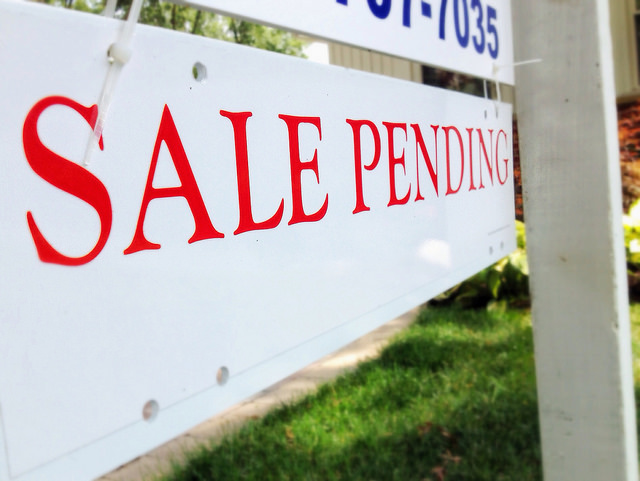Sales of previously owned homes surged in December, according to new numbers released by the National Association of Realtors. The 14.7 percent sales spike was caused, in part, by delayed transactions that would normally have closed in November but were slowed by new mortgage disclosure rules. Regardless, Lawrence Yun, NAR’s chief economist, says the two months together show sales ended the year at a healthy pace. “While the carryover of November’s delayed transactions into December contributed greatly to the sharp increase, the overall pace taken together indicates sales these last two months maintained the healthy level of activity seen in most of 2015,†Yun said. “Additionally, the prospect of higher mortgage rates in coming months and warm November and December weather allowed more homes to close before the end of the year.†Totals for 2015 show existing-home sales recorded their best year since 2006 and ended the year 7.7 percent higher than at the close of 2014. Despite the strong end to the year, however, Yun says low for-sale inventory, rising mortgage rates, and tepid economic expansion may mean sales numbers will struggle to replicate this year’s gains in 2016. Also in the report, regional results found large increases in all four regions, with the West leading the way with a 23.2 percent sales improvement in December. More here.












